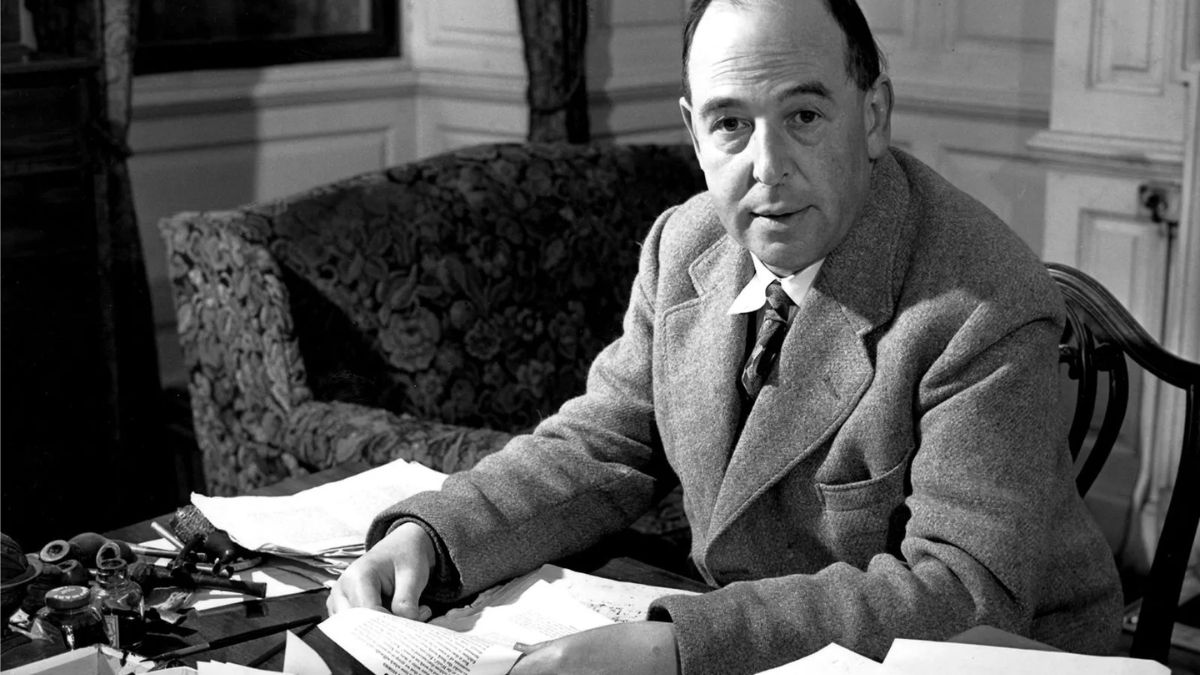

Lessons From the Soviets about Sexual Morality
The experiment of abolishing marriage and family.
10/12/23
John Stonestreet and Kasey Leander

The Soviet Union was well known for rejecting so-called “bourgeois” morality in ways that led to rejecting reality. Economically this meant squashing human self-interest in favor of state control. So, basic modern commodities like cars and plumbing could take years for the average Russian to secure. Marxist-inspired agricultural science rejected “Western” science and led to the deaths of millions as crops were planted in the dead of winter, too close together, and without pesticides in the mistaken belief that they could be “educated” to take on more beneficial traits.
In the 1920s, Revolutionary Russia rejected “bourgeois” sexual morality by attacking the institution of marriage and the nuclear family.
Karl Marx and Friedrich Engels believed the nuclear family was, like religion, just another means of keeping the working class oppressed. According to the Marxist dialectic version of history, prehistoric humanity lived in a state of free love, and the nuclear family only emerged to protect the property rights of the rich through inheritance, keep workers content with less, and enslave women to the home.
Engels, who spent a lot of time in Manchester’s red-light district, was more specific than Marx in his condemnations of the family.
He wrote, “[W]ith every great revolutionary movement the question of ‘free love’ comes to the foreground.” Together, Marx and Engels attacked “bourgeois claptrap about the family and education, about the hallowed co-relation of parent and child.” In their view, family was a social construct that stood in the way of revolutionary progress.
When Lenin and the Bolsheviks came to power in 1917, they put these anti-family theories into practice. In 1918, the Soviets issued decrees “on the abolition of marriage” and “on civil partnership, children and ownership.” Marriage could be declared without the involvement of the state, and divorce could be obtained just as easily. As one Russian journalist summarized, “Divorce was a matter of choice. Abortions were legalized. All of that implied a total liberation of family and sexual relations.”
Madame Smidovich, a leading Communist propagandist, put it this way: “To clear the family out of the accumulated dust of the ages we had to give it a good shakeup, and we did.” Almost immediately, however, this experiment began to spiral the nation downward.
Men across the country divorced their wives and sought new sexual encounters. The number of illegitimate children swelled by hundreds of thousands. Women with children were abandoned, while the more enterprising among them blackmailed multiple men for child support. Despite the State’s decree that fathers must pay alimony to their children regardless of marital status, thousands of children were kicked to the curb because they could not—or would not—be cared for. From there, an ungovernable criminal element developed in Russia’s largest cities. Given Russia’s dismal economic situation, the idea that the state would care for these children proved laughable.
A Russian writer of that time observed, “It was not an unusual occurrence for a boy of twenty to have had three or four wives, or for a girl of the same age to have had three or four abortions.”
The status of women devolved as well. As Madame Smidovich described in Pravda, the Communist newspaper: “If a man lusts after a young girl, whether she is a student, a worker, or even a school-age girl, then the girl must obey his lust; otherwise, she will be considered a bourgeois daughter, unworthy to be called a true communist.”
As the 1920s wore on, however, Russia’s Soviet leaders were forced by reality to change course and desperately attempted to stem the tide of fatherlessness, crime, legal confusion, and economic disaster.
In many ways, the Russian family never recovered. Even today, Russia’s birth rate continues to plummet. As late as the 1990s, and despite decades of government propaganda encouraging population growth, one study found that in some parts of Russia, there were 770 abortions per 100 births—“by far the highest rate anywhere in the world.”
In 1920, on the other side of the world, G.K. Chesterton prophetically wrote that “[t]his triangle of truisms, of father, mother and child, cannot be destroyed; it can only destroy those civilisations which disregard it.”
History is full of examples of societies that tamper with God’s design for marriage, sex, and the family. It’s no coincidence that en vogue progressive ideas today, ideas with distinct roots in cultural Marxism, also decry marriage and the family as oppressive institutions that should be reimagined and sexual morality as outdated and even harmful.
These things are not mere “social constructs,” however. They are laws of reality, like gravity. As Dallas Willard once observed, “We can’t choose to step off the roof and then choose to not hit the ground.” That’s true for individuals and societies alike.
This Breakpoint was co-authored by Kasey Leander. For more resources to live like a Christian in this cultural moment, go to breakpoint.org.
Have a Follow-up Question?
Up
Next

Related Content

© Copyright 2020, All Rights Reserved.













